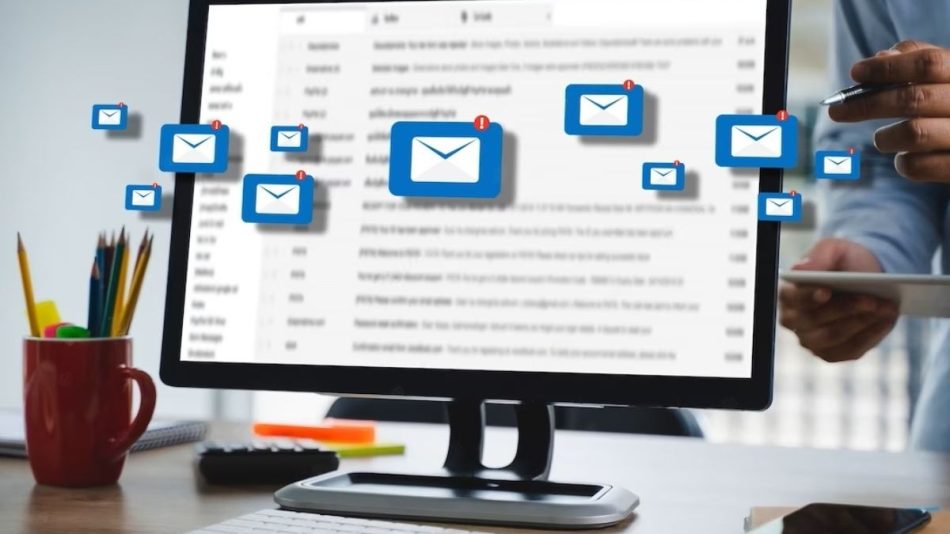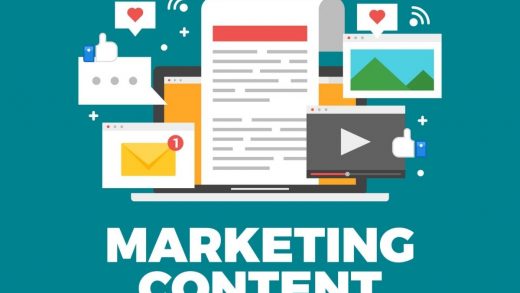Email has been around for more than 20 years. While there has been talking of the “death of email” as a marketing channel over the years, it’s actually still the most powerful means of communication you can ever have with your customers.
Recent statistics show that email marketing is the second conversion channel for eCommerce, responsible for over 7% of the entire turnover, second only to organic searches on Google (15.8%).
In addition, while setting up SEO and SEM campaigns can be very expensive, sending emails is a very cheap activity: with a few tens of euros a month, it is possible to manage a profiled database of thousands of contacts with no sending limits.
Obviously, the biggest risk of email marketing is to pass for “spammers” or” pestering your customers (even worse if potential customers) with stall offers in the style of “buy it now!”Unmissable offer!” “Only for this time!”.
The era of massive emails, where you send a promotional email to the entire database and expect someone to buy, is definitely over.
Our inboxes are full of cheap commercial emails, and it’s very easy to be completely ignored, even if your offer is the most advantageous of the century.
So email marketing, to work, must be used intelligently and, above all, with a well-thought-out strategy.
So here are 3 email marketing strategies you can apply immediately to increase your e-commerce sales. Use the contents of the blog to do educational email marketing.
“BUT I DON’T HAVE A BLOG; MY GOAL IS JUST TO SELL!”
If you don’tdon’t have a blog, you better think seriously about doing so. On the SEO side, the blog helps index your Ecommerce, as Google loves new and original content while it hates duplicating content on your product sheets.
In marketing, blogging allows you to create a narrative around the products you want to promote. We all like storytelling ever since mom used to tell us stories when we were kids before we fell asleep.
In general, Content Marketing will be (in part, it already is) the most effective and used marketing between now and the next few years.
It’sIt’s the same with your products, whether you’re selling drugs, printer cartridges, or tractors. Obviously, the contents will only interest a small group of people, who are your potential customers, on whom you must focus to carve out your market niche.
Having the blog helps you as you can draw on it to tell your stories via email; otherwise, you will have to create them from scratch every time without having the benefits of SEO.
Depending on your industry, the structure of storytelling can change.
Let me give you an example taken from the pharmaceutical world, which is currently giving good results:
- Describe a specific problem that afflicts your users (e.g., slimming of the hips)
- Give useful information on how to intervene to resolve them independently (drinking lymphatic drainage herbal teas, at least 2 liters of water a day, etc.)
- Introduce an element of discontinuity in the story, which makes do-it-yourself solutions insufficient (by now, summer is upon us, and good habits alone are not enough!)
- Only at the end, present your product/service as the best way to solve the problem once and for all (slimming cream).
Set up abandoned cart recovery and recover up to 50% of your sales.
Did you know that, on average more than 67% of shopping carts are abandoned before making a purchase?
We’reWe’re talking about users who have browsed through your site, found something of interest to them, and added it to their cart to buy when suddenly… poof! They disappear.
Through email marketing software, it is possible to set up simple automation to send a notification email to those users who have added products to their cart but still need to complete the purchase.
Here is some data that will help you understand the importance of having an abandoned cart recovery program
- More than half of users who receive an abandoned cart recovery email open it
- Of these, 13.3% click on the return to cart link
- Over 1/3 of users who return to the cart make a purchase
Not bad compared to your email opening data, right?
To set up an abandoned cart recovery program, it is obviously necessary to have the user’suser’s email, who, therefore, either has already made purchases or is subscribed to one of your newsletters.
Here is an example abandoned cart recovery email I set up for a customer:
- Pay close attention to the Subject, as it is essential for calling the user’suser’s attention to something “his.”
- A good practice is inserting a dynamic field in the email’s body showing the product’s image in the cart: this way, it will be clear to your interlocutor that you are talking to him!
- Finally, take advantage of the email to recover abandoned carts from carrying out up-selling / cross-selling activities, with the insertion of recommended products at the bottom.
How do you insert recommended products in the body of the email? Then read this
Segment your user list to always offer interesting content.
Users subscribed to your newsletter have perhaps one thing in common: the fact of being subscribed to your newsletter. For the rest, they are different people who live in different places and have different ages and interests.
How to create newsletters capable of capturing their attention and responding to their needs at the same time?
This is where segmentation comes into play, i.e., the technique through which you can “break up” your list of users based on various parameters including.
Personal data of subscribers.
If you have clothing e-commerce, you could separate men from women and send them separate offers. Or you could segment by age, or again (if you sell in both B2B and B2C sectors) by “Individual” or “Corporate” difference.
Geographic location.
- Let’sLet’s say you have a chain of stores scattered all over Italy, and you’re sending a coupon code to sponsor the opening of a new branch in Turin. Do you think your customers in Basilicata could give a damn?
- I would say no. In this case, you can segment your list by sending the communication only to those connecting from the province of Turin, leaving everyone else alone.
The interest of subscribers.
- There will be users who become involved in your communications and other “sleepers” who, for the most part, will ignore you. You will have to use different strategies for the latter, so divide the list according to the opening rates (Open Rate) and click rates (Click Rate).
Buying behavior
- Likewise, you will have users who buy you regularly and others who don’t. On the latter, you will be able to work with ultra-advantageous offers, with discounts equal to your profit margin, in order to stimulate them to buy: unthinkable for customers who already buy regularly!
Use A/B testing to maximize Open Rate and CTR
- As I had already written in a previous article, A/B tests are the scientific way to Web Marketing. If done right, they allow you to refine your marketing activities more and more and to keep only those changes that bring positive results and discard the others.
- If carrying out A/B tests on web pages is an operation that requires a minimum of technical knowledge and the use of special software, with emails, everything is much simpler as all the main email marketing software contains a section dedicated to creating A/B tests.
- Isolate only one item at a time for testing. If emails A and B have multiple variations, you won’t be able to know which one gave positive results.
- Send the 2 versions simultaneously: a change in time or day could affect the outcome of the test.
- Don’tDon’t stop at the first test: for statistical validity, you need to achieve at least 150/200 conversions per variation, which requires repeated tests.
- Even when you’ve established that a variation converts more, don’tdon’t take it as an absolute given: in another context, things could change, which is why you must keep testing!
- Here is an example of A/B testing performed on the call to action. The email in question is a simple promotion showing a product on offer with a brief description.
- The question I asked myself was: better to push the user to make a purchase immediately (Buy It Now >>), giving a very commercial slant to the email, or to push him to deepen the technical data sheet of the object in question (More Information >> )?
- The results of repeated tests like this showed users a preference for clicking on the “Learn More” call to action rather than “Buy It Now.” Does that mean the first call to action is more effective at driving conversions?
- It is not said: in other contexts, the opposite could be true; for this reason, it is essential to subject one’sone’s beliefs to constant checks in web marketing as in life.
Conclusions
- Email marketing is one of the key channels for communicating with your customers. If it is often associated with Spam, wrong communications are being made, set up solely for the massive sale of products and offers to the entire database, without an upstream strategy.
- These that I have shown are only three among the dozens of activities that make this tool really powerful, the best, provided you have a database of target users with the service/product you are selling!
Also Read : 5 Copywriting Mistakes That Turn Your E-Commerce Into a Fish Stall.




